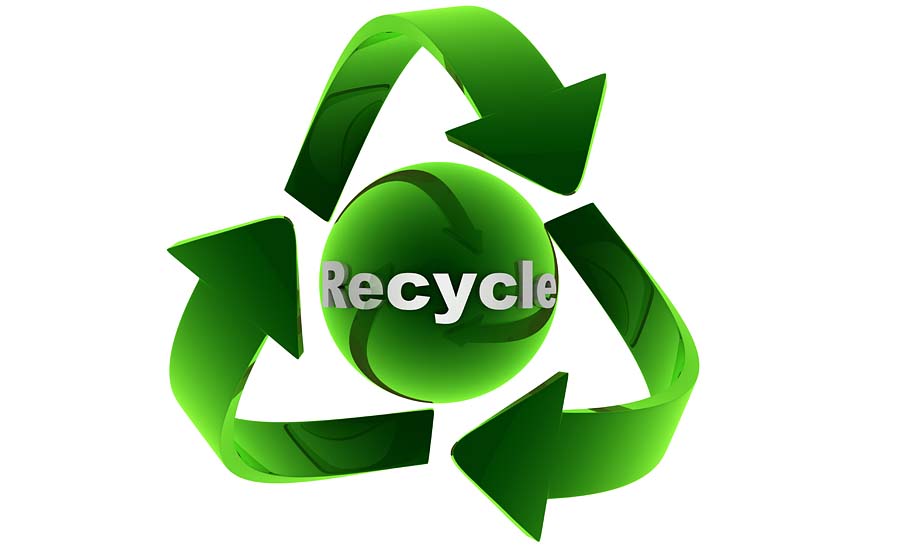Target Corp., Minneapolis, announced goals to reducing its carbon footprint company-wide, including reducing 96% of greenhouse gas emissions by unifying its suppliers, the raw materials used to create products and the manufacturing and transporting processes.
“Our new climate goals will reduce our carbon footprint from source to shelf, as we work alongside our partners within our supply chain to lower emissions and help create a better tomorrow,” says Brian Cornell, chairman and CEO. “We have a responsibility to our guests and the environment to set high expectations and encourage ambitious reductions in greenhouse gas emissions, promoting positive change throughout the industry to have an even greater impact for generations to come.”
Greenhouse gas emissions are broken down into three categories, called scopes.
- Scope 1: Emissions generated from Target facilities.
- Scope 2: Emissions from energy purchased to power Target facilities.
- Scope 3: Emissions generated from the entire supply chain, such as the creation of the products and services sold.
Target plans to reduce Scope 1, 2 and 3 greenhouse gas emissions by 30% below 2017 levels by 2030. The retailer is also committing that 80% of its suppliers will set science-based reduction targets on their Scope 1 and 2 emissions by 2023.
Target partnered with Anthesis, Emeryville, Calif., to ensure these goals meet the requirements of the Science Based Target initiative (SBTi). Adding a Scope 3 reduction goal places Target among the select U.S. companies with SBTi-approved goals to reduce carbon emissions throughout its supply chain.
“It’s vital for companies, particularly major retailers, to lower the emissions in their supply chain if they are serious about addressing their environmental impact,” says Dexter Galvin, global director of corporations and supply chains at CDP, a New York-based SBTi partner. “We applaud Target for setting ambitious goals covering their entire supply chain, and hope more companies can follow in their footsteps to boldly address and combat climate change, to create a thriving economy for people and planet.”
To reduce Scope 1 and 2 emissions, Target will continue to ramp up investments in renewable energy and energy saving efforts company-wide. For example, it’s installing LED lights in all buildings. The company’s Texas wind power project offsets the electricity use of 60 area stores. And, Target is adding solar rooftop panels at 500 locations by 2020.
To reduce Scope 3 emissions, Target will work with its suppliers to transition to renewable energy sources and implement its own emissions reduction projects.


